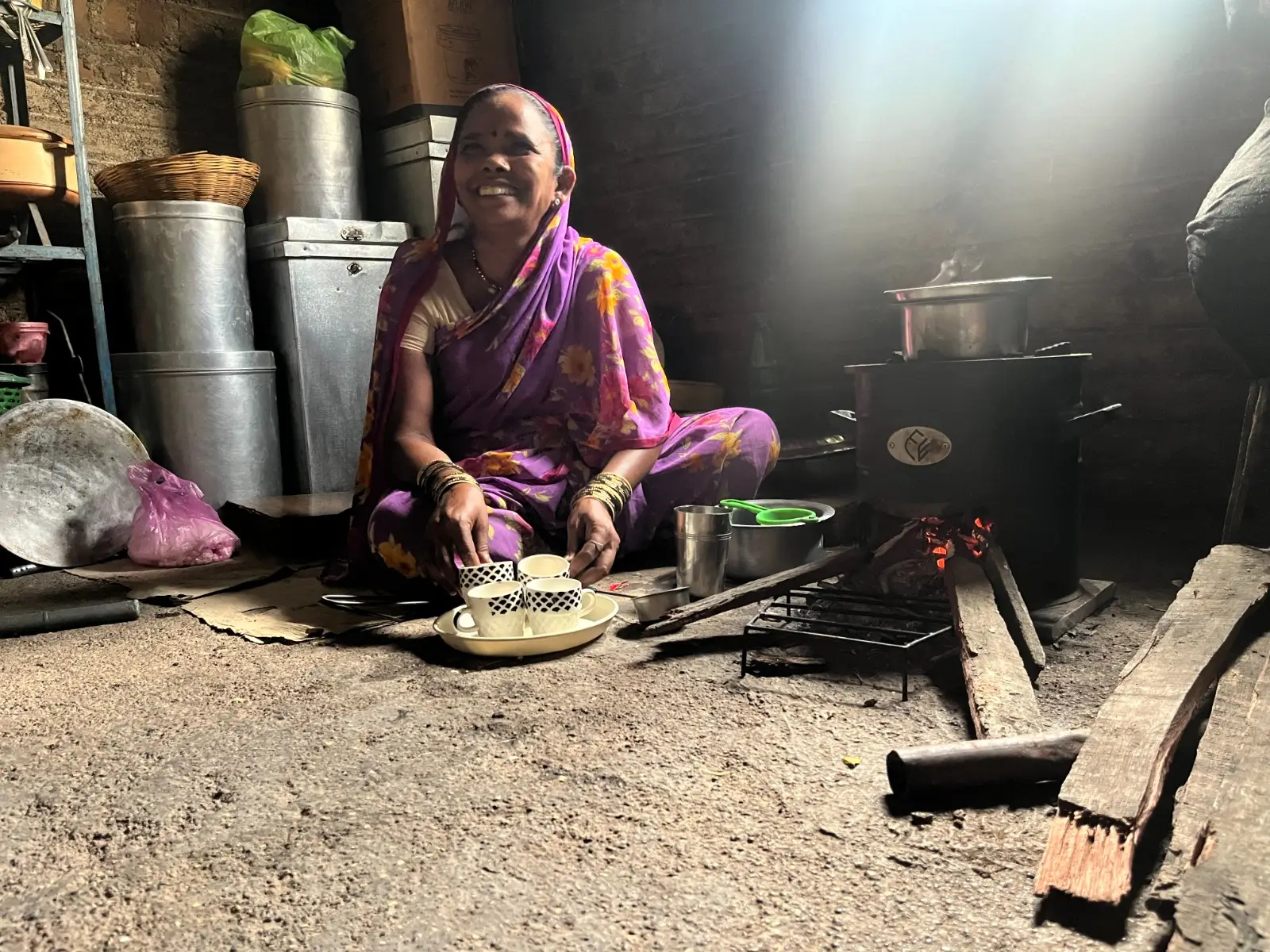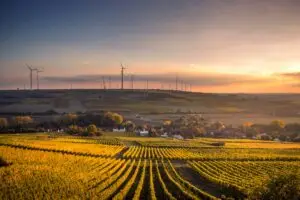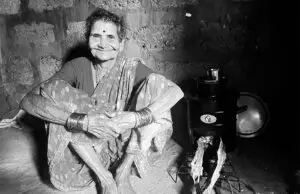As global communities strive to combat climate change, one often-overlooked source of carbon emissions lies in the home: the traditional cookfire.
For nearly 2.3 billion people worldwide, cooking with biomass—wood, charcoal, or agricultural waste is a daily norm. While seemingly low-tech, this practice has far-reaching environmental and health consequences.
Enter efficient cookstoves—simple yet transformative clean energy solutions that reduce pollution, protect forests, empower communities, and generate carbon credits to fund sustainable development.
The Hidden Cost of Traditional Cooking
Open fires and rudimentary stoves using solid biomass fuel are a major source of carbon dioxide (CO₂), methane (CH₄), and black carbon emissions. These pollutants contribute significantly to global warming and local air pollution.
Key Challenges:
Carbon emissions: Household biomass burning contributes to roughly 2% of global greenhouse gas emissions.
Health impacts: Indoor air pollution from smoky stoves kills over 3.2 million people annually, per the WHO.
Deforestation: Unsustainable wood collection depletes forests and undermines biodiversity.
Social burden: Women and girls often spend hours each day collecting firewood, limiting opportunities for education and income.
Clean Cooking: A Simple Solution with Big Benefits
Efficient cookstoves are specially designed to burn less fuel and release fewer pollutants. Whether Forest preservation: Reduced demand for wood helps conserve ecosystems.
In the race to fight climate change, not all solutions need to be high-tech or expensive. Sometimes, real impact comes from everyday actions—like how we cook our food. Across the globe, nearly 2.3 billion people still rely on open fires or basic stoves fueled by wood, charcoal, or crop waste. While traditional, these methods are inefficient, polluting, and harmful to both human health and the environment.
But there’s a powerful, yet simple solution: clean, efficient cookstoves. These upgraded stoves use less fuel, produce less smoke, and unlock a surprising climate benefit—carbon credits.

The Ripple Effect: Forests, Health, and Human Empowerment
Efficient cookstoves connect local households with global climate goals in tangible ways.
It’s a powerful step in the global push for a low-carbon, sustainable future.
Clean Cooking Supports:
Forest Conservation (SDG 15): By reducing the demand for firewood, cookstoves help protect vulnerable forests.
Good Health and Well-Being (SDG 3): Cutting indoor air pollution lessens the incidence of lung diseases and premature deaths.
Gender Equality (SDG 5): Saving time and reducing exposure to smoke empowers women and girls.
Affordable and Clean Energy (SDG 7): Cookstove initiatives improve access to sustainable energy technologies.
Climate Action (SDG 13): Verified emissions reductions contribute directly to lowering national carbon footprints.
How We’re Making a Difference at Earthfit
At Earthfit, we are proud to be part of the global clean cooking movement. Through our efficient cookstove programs, we help households reduce fuel use, improve air quality, and generate carbon credits that fund further sustainable growth.
We work with verified partners and global carbon standards to ensure transparency, measurable results, and lasting impact.
A Low-Cost, High-Impact Climate Solution
Big change doesn’t always need big budgets. Carbon credit initiatives offer a simple, affordable way to cut emissions and support sustainability.
Small steps today can build a greener, cleaner tomorrow.
Visit www.earthfit.in to learn how we’re helping create a cleaner, healthier future—one stove at a time.








